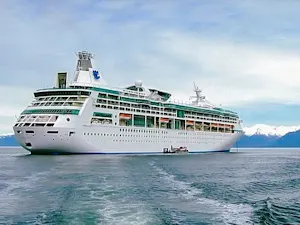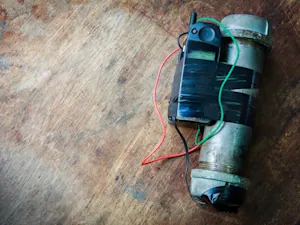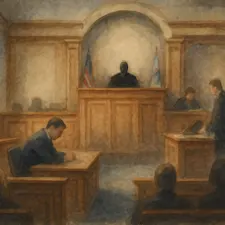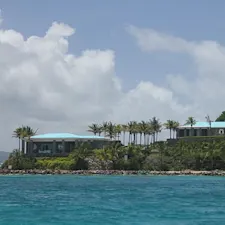
Why the Sinking of the Andrea Doria Still Haunts the Seas
SS Andrea Doria. Photo by unknown photographer. Public domain.
On the night of July 25, 1956, two ocean liners — the Italian S.S. Andrea Doria and the Swedish M.S. Stockholm — collided off the coast of Nantucket, Massachusetts. What began as a routine transatlantic crossing for the luxurious Andrea Doria quickly turned into one of the most dramatic maritime disasters in history. The tragedy not only led to the deaths of 51 people but also highlighted the devastating consequences of human error, technology limitations, and poor communication at sea.
Andrea Doria: A Floating Art Gallery
Launched in 1953, the Andrea Doria was a symbol of post-war Italian pride, renowned for its elegance and beauty. Spanning 697 feet in length and equipped with lavish amenities, the ship was often referred to as a "floating art gallery," filled with tapestries, paintings, and even a life-sized bronze statue of its namesake, a famed Genoese admiral. With its advanced safety features, including radar technology and watertight compartments, the liner was considered one of the safest of its time.
A Night of Misjudgments
On that fateful July night, both the Andrea Doria and the Stockholm were navigating through dense fog, a common hazard in the North Atlantic. Despite the reduced visibility, Captain Piero Calamai of the Andrea Doria chose not to significantly reduce speed, hoping to maintain the schedule. Meanwhile, the Stockholm, under the direction of third officer Johan-Ernst Carstens-Johannsen, had deviated slightly from its recommended route, aiming to cut travel time. Both ships detected each other on radar, yet each misjudged the other's position, leading to a fatal misunderstanding.
As the two vessels approached one another, Calamai expected to pass starboard-to-starboard, while Carstens plotted a port-to-port passage. This confusion set the ships on a collision course. At 11:10 p.m., Stockholm's reinforced bow, designed for ice-breaking, slammed into Andrea Doria's starboard side, penetrating the hull by 30 feet. The impact was catastrophic, causing the Andrea Doria to take on water rapidly and begin listing dangerously.
The Aftermath: A Race Against Time
With the Andrea Doria listing over 20 degrees and many lifeboats rendered unusable, the crew faced a dire situation. The ship's SOS calls were answered by several nearby vessels, including the Stockholm, which, despite its own damage, began rescuing passengers. The French liner Ile de France played a crucial role in the rescue operation, illuminating the night with its floodlights and deploying its lifeboats. Over the next several hours, more than 1,600 people were rescued in what became one of the largest sea rescues in history.
A Tragedy Long Remembered
The Andrea Doria disaster left an indelible mark on maritime history, with both ships' owners eventually settling out of court, avoiding an official declaration of fault. However, the sinking has since been attributed to a combination of human error, technological limitations, and poor judgment under pressure. The wreck of the Andrea Doria, now resting 240 feet below the Atlantic, has become a challenging and deadly site for divers, earning the nickname "the Mt. Everest of diving" due to the dangers it poses.
The story of the Andrea Doria serves as a sobering reminder of the importance of vigilance and communication in maritime navigation, lessons that continue to resonate more than 60 years later.
References: The Sinking of Andrea Doria | The 1956 Andrea Doria Sinking: Catastrophe at Sea























